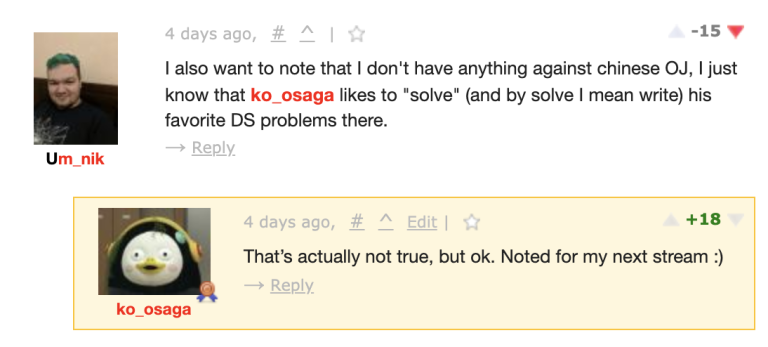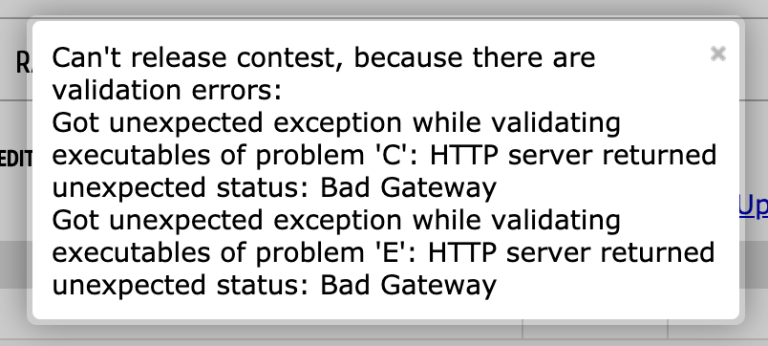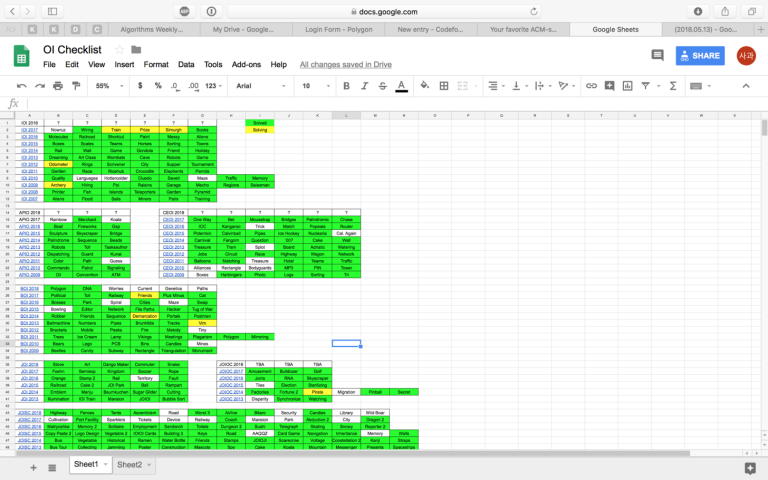Hello! I'm happy to announce XXI Open Cup. Grand Prix of Korea.
- Contest link: https://official.contest.yandex.ru/opencupXXI/contest/20794/enter
- Contest time: 2020/10/11 Sunday, 17:00 Korea Standard Time (UTC+9). For external accounts, the contest is ready now.
- Division 1 Problemsetters: ainta, jh05013, kdh9949, ko_osaga, TLEwpdus.
- Division 2 Problemsetters: Diuven, etaehyun4, jh05013, jihoon, kdh9949, ko_osaga
- Codeforces Gym: Division 1 Division 2
Special thanks to xiaowuc1 for revising our English.
List of relevant previous contests:
- XVIII Open Cup. GP of Korea
- KAIST RUN Spring Contest 2018
- XIX Open Cup. GP of Korea
- XIX Open Cup. GP of Daejeon
- XX Open Cup. GP of Korea
Enjoy!















